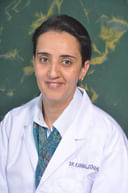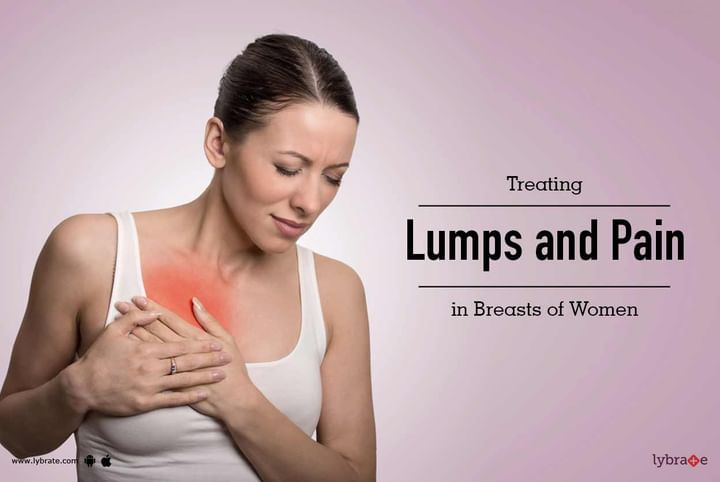Treating Lumps and Pain in Breasts of Women
Feeling a lump on your breasts can be a terrifying moment. 'Cancer' is the first thing that comes to mind but in reality, most lumps in the breast are not caused by cancer. Apart from cancer, breast lumps can be caused by non-cancerous growths, injuries and infections. The only way to correctly diagnose the cause of a lump in the beasts is through a biopsy. Hence, this is the first step towards treating a breast lump. From here on, treatment will depend on the cause identified.
Mastitis or Breast Infection
Mastitis is a painful infection of the breast tissue often faced by women who are breastfeeding. It can be treated with heat treatment and antibiotics. Massaging the breast while taking a warm shower or applying a warm compress. This will open up the milk ducts and should be followed by nursing the baby or using a breast pump to relieve the swelling and pain.
Abscess
Antibiotics are the first line of treatment against an abscess but this is effective only if given in the initial stage of the infection. In later stages, an abscess will need to be surgically drained.
Fibroadenomas
This is a non-cancerous tumour often found in young women. It is often difficult to distinguish between a Fibroadenoma and a cancerous tumour and hence these are usually surgically removed.
Fibrocystic Changes
In some cases, the breast itself is composed of knotted, rope like tissue. This is known as having fibrocystic breasts. If a new lump presents itself on fibrocystic breasts, a mammogram and an ultrasound are performed to evaluate the lump. In most cases fibrocystic changes do not require any medication or surgery.
Breasts Cysts
Cysts can be defined as fluid filled lumps. In some cases, these cysts become apparent at the time of ovulation and disappear after the period. In other cases, it may need to be drained with a thin needle. Cysts often recur and need to be re-drained.
Fat Necrosis and Lipoma
Fat necrosis is a lump caused by an injury to the fatty tissue in the breast. Lipoma is a fatty growth within the fatty tissue. In both these cases, no treatment is required but if it causes any problems, it can be removed.
If the biopsy reveals the presence of a cancerous tumour, you must immediately consult an oncologist. Treatment options for breast cancer include chemotherapy, radiation, surgery and hormone treatment.



+1.svg)
